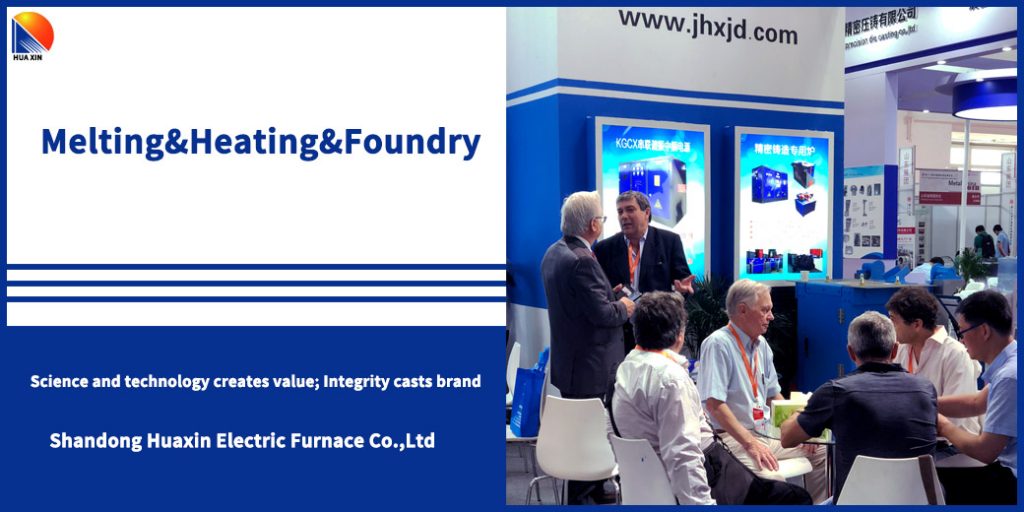Daily maintenance of medium frequency induction furnace
With the development of the medium frequency induction furnace technology, the demand of the medium frequency induction furnace in the field of metal heat processing is increasing; In the process of operation, the medium frequency induction furnace is heated by using the electromagnetic induction principle. Compared with the traditional coal-fired furnace, the advantages are obvious, energy saving, environmental protection and sanitation are also provided.
In the process of using medium frequency electric furnace, basic maintenance and management shall be done to avoid the phenomena of equipment failure to start normally, abnormal sound and thyristor burning. The general daily maintenance includes the following points.
Check and clean radiator to keep high efficiency cooling effect, and acid wash if necessary; Check whether the water cooling system is blocked and leaking, whether the water pressure relay is sensitive, and the temperature difference between the inlet and outlet water should not be greater than 35 ℃; Check the insulation of induction coil and check whether there is leakage; Check whether the wires and switches are damaged; Check and clean the water tank and check the blowdown valve to prevent the sewage from scaling; Clean the oil and dust of electrical components and other equipment, and clean the dust with fan or air pump; Check whether the connection screws are tightened to ensure good contact; Check whether the thyristor, electric line bus, transformer and each section have overheating.
There are several points in the daily maintenance of the medium frequency induction furnace, which need special attention.
First, before starting, do a good job of testing, especially for lining, to check whether it is in good condition, and to detect cracks, furnace mouth, erosion etc. to ensure the normal start-up.
Secondly, before putting it into pig iron, the amount of scrap steel should be determined according to the impact of pig iron on the furnace bottom. After the iron melts, carbon additive, scrap steel and return to furnace can be added.
Third, when placing the charge, the impact of the charge on the lining should be avoided. In order to avoid the phenomenon of the burden shed and cover, the power can be reduced to deal with.


